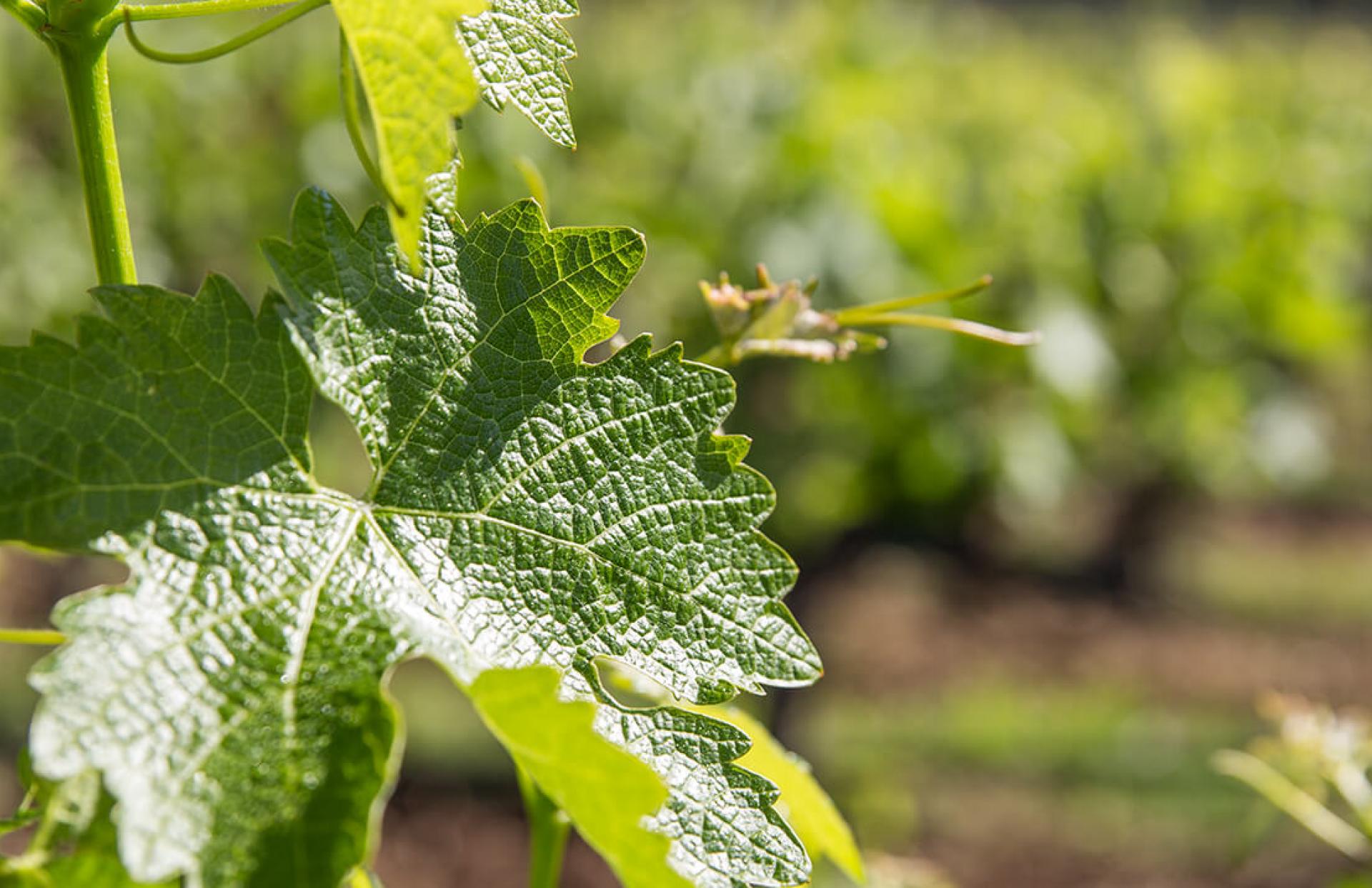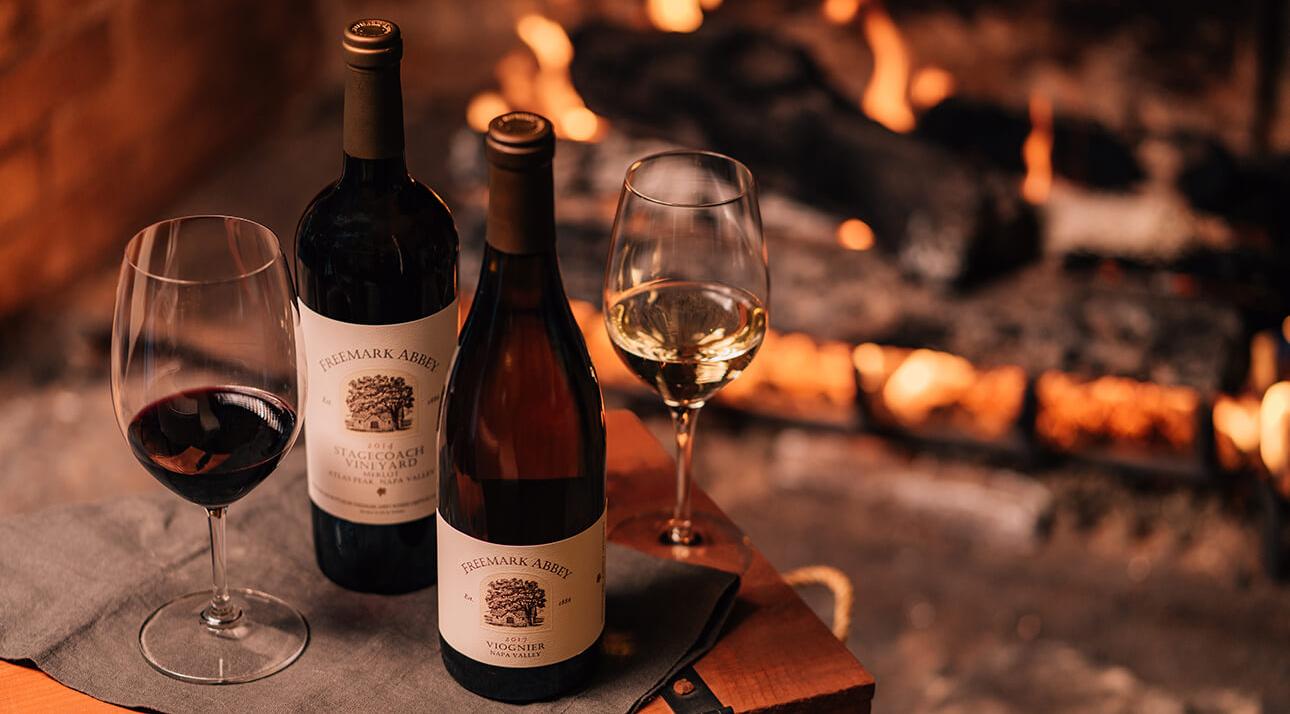The Napa Valley Wine produced from Stagecoach fruit can hardly be described as “Napa Valley” at all, for the completely different surroundings. Or a different way of looking at it: the chaparral-and-boulder-studded landscape appears, incongruously, to be manicured and wild all at once, something few visitors would say about the pristine vineyard in the valley below.
Many of the wines that come from Stagecoach do, of course, smell and taste like Napa Valley, so perhaps the differences are largely those of topography.
Cabernet Sauvignon is, unsurprisingly, the marquee vine planted across the vineyard’s 600-plus acres. But Rhone and Italian grape varieties thrive in Stagecoach, as do Cabernet’s partner varieties like Cabernet Franc and Merlot.
For Freemark Abbey, the story begins with Merlot.
The Essence of Merlot at a St. Helena Winery
Before Ted and his viticultural team at Freemark Abbey caught wind of the Merlot blocks in Stagecoach Vineyard, and even before the movie Sideways nearly sank the Merlot ship forever in 2004, the noble grape of Bordeaux’s Right Bank had left its mark on the Freemark portfolio.
Merlot has enjoyed a 30-year consecutive run as a varietal bottling at the St. Helena winery, and was produced in the 1975 and ’85 vintages as a one-off release. But the key to the brand-new Stagecoach Merlot program, initiated by Ted in the outstanding 2013 vintage, is the M4 Block, a much smaller section of vines buried in the heart of the vineyard.
Ted had been blending M4 fruit into Freemark’s regular Cabernet Sauvignon bottling for a few vintages when he noted its tendency to make “standalone and distinctive wine,” as he describes it.
Freemark Abbey Cabernet collectors and visitors will likely concur. Stagecoach Vineyard Merlot is a standalone red wine.

